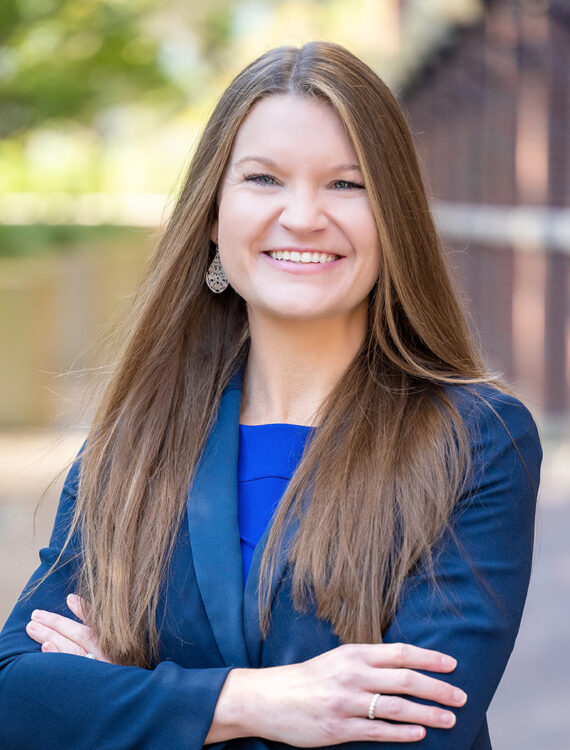SB 542 Aims to Encourage Private Flood Insurance Programs

The Florida legislature adopted SB 542 intended to encourage admitted market insurers to write personal residential flood insurance programs. If approved by the Governor, the bill will make changes to Florida’s rating law and modeling review process to facilitate private flood products.
Section 627.062, Florida Statutes, lists factors to be considered by the Office of Insurance Regulation when evaluating rates. The bill expands these factors to include projected flood losses, which may be estimated using a model found by the Florida Commission on Hurricane Loss Projection Methodology (“Modeling Commission”) to be acceptable or reliable. The bill also provides for the averaging of flood models.
The bill makes corresponding changes to the statute governing the Modeling Commission to expand its authority to include reviewing flood loss projections. New statutory provisions would allow insurers to use not only the results of a model found to be accurate or reliable by the Modeling Commission but also to use a straight average of multiple models. This differs from current procedures relating to hurricane loss projection models. The bill would require the Modeling Commission to adopt models or output ranges by July 1, 2017.
The bill would allow a personal residential insurer to offer standard flood insurance coverage (in a policy or endorsement), preferred flood insurance coverage, or customized or supplemental coverage. Standard coverage will cover flood losses using terms equivalent to those offered under the National Flood Insurance Program. Preferred coverage includes the same coverage as under a standard policy while also providing coverage for (i) losses from water intrusion originating outside of a structure, (ii) additional living expenses, and (iii) personal property at replacement cost. Customized flood coverage must be broader than the coverage under a standard policy, and supplemental coverage is a policy or endorsement designed to supplement an NFIP policy or a standard or preferred policy. Examples of supplemental coverages include jewelry, art, deductibles, and additional living expenses.
An insurer will establish flood coverage rates in accordance with the standards set forth in section 627.062. However, for rates filed with the Office of Insurance Regulation before October 1, 2019, the insurer may establish its rates using a notification process instead of the standard rate review. The insurer must maintain actuarial data supporting the rates, which the OIR can examine to ensure the rates are not excessive, inadequate or unfairly discriminatory.
The bill also allows a surplus lines agent through July 1, 2017, to export flood coverage without having to make a diligent effort to seek coverage from at least three authorized insurers.
An insurer seeking to offer flood coverage must provide at least 30 days’ notice to the OIR and must provide a plan of operation and financial projections relating to the coverage. The bill clarifies that the FHCF will not provide reimbursement for losses caused by the peril of flood even if the losses arise during a covered event otherwise triggering FHCF coverage.
The bill will take effect upon becoming law.











